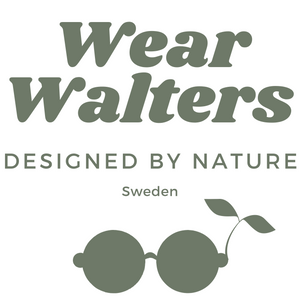So what is UV/Ultraviolet radiation and why is it harmful?
UV light is a type of electromagnetic radiation that is not visible to the human eye. It is divided into three types: UVA (315–400 nm), UVB (280–315 nm) and UVC (100–280 nm)UVA and UVB are the most relevant to us humans and our health because UVC is mostly absorbed by the Earth's atmosphere.
UVA-rays are the longest in wavelength and are present throughout the day, year-round, and can penetrate clouds and glass. They can cause damage to the skin and eyes over time, leading to problems such as cataracts and age-related macular degeneration (AMD). AMD is the most common cause of central vision loss in individuals over the age of 60 in the Western world.
UVB-rays are shorter in wavelength and are more intense during the summer months and at higher altitudes. They are the main cause of sunburn and can also cause damage to the eyes, leading to problems such as snow blindness and cataracts. Sunburn and sunburn are the most well-known biological effects of ultraviolet radiation. Sunburn occurs when the skin, as a protection against mainly UVB radiation, forms a pigment, melanin.
Exposure to UV light can cause damage to the eyes in several ways. It can cause, among other things: photokeratitis, a sunburn on the cornea and conjunctiva that can lead to temporary vision loss and discomfort. It can also cause, for example, cataracts and age-related macular degeneration. UV radiation can also induce changes in DNA and thus cause cancer.

So how should one protect themselves against this?
To protect your eyes from UV light, it is recommended to wear sunglasses when outdoors, especially during the middle of the day when UV rays are strongest. It is also important to look for sunglasses that block 99-100% of UVA and UVB rays.
All Wooden sunglasses and acetate from Wear Walters are 100% UV protected. Protect your eyes and the planet with our eco-friendly sunglasses collection.
